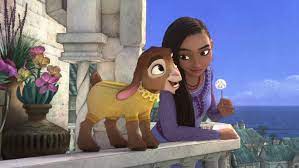Navajo Code Talkers
Sure, most people are well aware of the Native American contributions to the first Thanksgiving, despite the fact that some now feel the holiday is celebrating the beginning of their genocide. However, Native Americans have contributed much to the development of this land we call America over the years.
For example, during the intensity of WWII in 1942, the Allies were working hard, trying to create codes that the Axis couldn’t break, but time after time the Axis would crack the codes until Phillip Johnston came up with an idea to use a language that was highly complex and not well known: Navajo.
The idea for using a Native American language to encode messages started during World War 1 as the Allies had a need to encode messages and had settled on the Choctaw language for the same reason that we chose Navajo language: for its complexity and how nobody outside of the U.S. would have the slightest clue what they were saying. But after the war ended, the Axis had figured out what had happened and learned the code. Since the Japanese had thought that if they learned almost everything about Native American cultures and languages, they would be able to break any Native American code, but they were wrong.
At the beginning of World War 2, the Allies had thought they couldn’t use Native American Languages again because of the Axis having learnt almost every Native American language save a few languages, but the Navajo language proved perfect: it didn’t have its own written language and within its own language was a code such as chay-da-gahi meaning “turtle,” which was the code word for “tank.” The also used the work “salt” for “division” and “clan” for “corps” and “black sheep” for “squad.”
Other examples of code words to refer to various leaders included “silver eagle” for “colonel” and “gold oak leaf” for “Major.” Words to refer to countries seem somewhat inappropriate today, but they worked at the time. For example, “slant eye” referred to the Japanese and “red army” for “Russia.” Others seem a little more fitting a creative, like “rolled hat” for “Australia” and “between waters” for “Britain” and “floating islands” for the “Philippines.”








